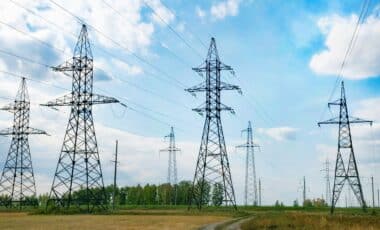As summer 2025 rolls in, gas prices across the United States have reached the lowest levels seen in four years. This comes as a relief for millions of Americans planning road trips or relying on their cars for daily commuting. However, the impact of these lower prices is not universal, as certain states continue to experience some of the highest gas prices in the nation. Understanding where to find the best and worst prices can help consumers make smarter decisions when filling up.
The national average price for a gallon of regular gasoline in mid-July 2025 stood at $3.16. While this represents a significant drop compared to previous years, it’s still a reminder of how volatile fuel prices can be. With the ongoing supply of oil keeping prices steady, the current trend marks a break from the usual summer price hikes associated with high travel demand. However, despite the national drop, certain regions remain more expensive than others.
States with the Highest Gas Prices
On the other hand, some states offer much more affordable fuel options. Mississippi, Oklahoma, and Texas stand out for having some of the lowest gas prices in the country. In Mississippi, the regular gas price is as low as $2.72 per gallon, followed by Oklahoma at $2.75 and Texas at $2.79. These lower prices provide a welcome relief for residents and road travelers alike, especially as families across the country embark on summer vacations.
Louisiana and Tennessee also feature relatively low fuel prices, making them attractive destinations for drivers looking to stretch their budget further. In Louisiana, regular gas costs $2.80 per gallon, while Tennessee offers prices around $2.78. These states represent an opportunity for those planning long drives, as they offer substantial savings compared to higher-priced areas like California and Hawaii.
THE TRUMP EFFECT 🇺🇸🦅
— The White House (@WhiteHouse) July 2, 2025
Gas prices are at a 4-year low just in time for the 4th of July—$2.68/gallon in FL, 42¢ cheaper in MI, and major drops nationwide. Americans will save nearly $500 million this weekend alone. pic.twitter.com/PsX7pYsXPo
The Role of Oil Supply in Price Stabilization
The current trend of lower gas prices can be attributed in large part to an abundant oil supply, which has kept prices from spiking during the high-demand summer months. This stability in the oil market has allowed the price of gas to remain steady compared to previous years, providing consumers with a bit of relief. While the price of gas fluctuates based on a range of factors, the overall availability of oil has played a significant role in keeping the prices lower than expected.
For those planning road trips, understanding where to get the most value for their fuel dollars is essential. With states like Mississippi, Oklahoma, and Texas offering much lower prices, travelers can plan their routes to maximize savings. Conversely, those heading to states like California and Hawaii should be prepared for higher costs at the pump, which could significantly impact their travel budgets.
The Impact of Gas Prices on Consumers
The national drop in gas prices is a welcome change for many Americans, particularly those facing tight budgets. Whether it’s for commuting, road trips, or essential travel, lower gas prices mean more money in consumers’ pockets. However, the disparities between states remind us of how regional differences in fuel costs can have a considerable impact on daily life. Understanding these fluctuations and planning accordingly can help consumers make smarter choices and avoid unnecessary expenses during the summer months.
These price variations reflect broader economic trends, including the role of oil supply, state taxes, and other regional factors that influence fuel prices. As gas prices continue to fluctuate, consumers will need to stay informed to ensure they get the best deal possible when filling up their vehicles.









